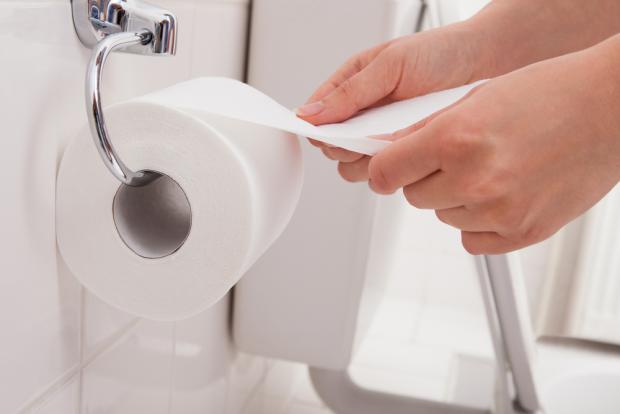
Breaking News
 LIVE ELECTION RESULTS: New York mayor, NJ & VA governor, Prop 50, Trump endorsements, latest vote
LIVE ELECTION RESULTS: New York mayor, NJ & VA governor, Prop 50, Trump endorsements, latest vote
 Sen. Markwayne Mullin Reveals Schumer Held Secret BACKROOM MEETING...
Sen. Markwayne Mullin Reveals Schumer Held Secret BACKROOM MEETING...
 RIP NYC - Muslim Communist Zohran Mamdani Wins New York City Mayoral Race
RIP NYC - Muslim Communist Zohran Mamdani Wins New York City Mayoral Race
 Dramatic Footage Shows UPS Cargo Jet Crashing At Louisville Airport
Dramatic Footage Shows UPS Cargo Jet Crashing At Louisville Airport
Top Tech News
 Japan just injected artificial blood into a human. No blood type needed. No refrigeration.
Japan just injected artificial blood into a human. No blood type needed. No refrigeration.
 The 6 Best LLM Tools To Run Models Locally
The 6 Best LLM Tools To Run Models Locally
 Testing My First Sodium-Ion Solar Battery
Testing My First Sodium-Ion Solar Battery
 A man once paralyzed from the waist down now stands on his own, not with machines or wires,...
A man once paralyzed from the waist down now stands on his own, not with machines or wires,...
 Review: Thumb-sized thermal camera turns your phone into a smart tool
Review: Thumb-sized thermal camera turns your phone into a smart tool
 Army To Bring Nuclear Microreactors To Its Bases By 2028
Army To Bring Nuclear Microreactors To Its Bases By 2028
 Nissan Says It's On Track For Solid-State Batteries That Double EV Range By 2028
Nissan Says It's On Track For Solid-State Batteries That Double EV Range By 2028
 Carbon based computers that run on iron
Carbon based computers that run on iron
 Russia flies strategic cruise missile propelled by a nuclear engine
Russia flies strategic cruise missile propelled by a nuclear engine
 100% Free AC & Heat from SOLAR! Airspool Mini Split AC from Santan Solar | Unboxing & Install
100% Free AC & Heat from SOLAR! Airspool Mini Split AC from Santan Solar | Unboxing & Install
About RVing - Toilet Paper 101

RV Sewage Systems
Let's focus on the black-water holding tank only for this discussion. That holding tank is normally located directly below the toilet. When you flush the toilet, the waste and flush water drops directly into the black tank— a simple and effective gravity-drop system—like an old outhouse or newer "porta-potty." A few RVs are manufactured with a "pumping-type" toilet that has to pump the waste from the toilet horizontally a short distance to the tank. Called a "macerator" toilet, with this, you no longer have a simple gravity-drop system plus you have a system that will use a lot of water. The macerator toilet is in any RV when the toilet is not positioned directly over the black tank. This is most common in RVs with a rear bathroom. The rear toilet must pump the flush to the black tank. This system is not conducive to extensive boondocking due to its excessive use of water.
Your RV's black tank works like the septic tank system found in homes that are not hooked up to a municipal sewer system. That is, the waste and water from the flush goes into a holding tank where it breaks down. (At a house, this holding tank is called the "septic tank" and in the RV, it's called the "black tank.") For a home, it is slowly leached or dissolved into the earth. For an RV, you must physically "dump" or empty the black tank when it is nearly full.
The size of the black tank is directly proportional to the size of the RV. Simply, the larger the RV, the larger the black tank. Now, the larger the black tank, the longer you can go without dumping. This is part of your RV being "self-contained" or fully usable without being "hooked up" or connected to utilities.
RV Toilet Paper
The toilet paper designed for use in RVs is manufactured so that it "breaks down" or dissolves easily and rapidly. There are two different "messages" to look for on the packages of toilet paper that indicates it will be okay to use it in an RV. One, and the most obvious, is something like, "Safe for RV use" or similar statement. The other message is more subtle and is usually something like, "Safe for Septic Systems." The rule of thumb is that if the toilet paper is safe for use in home septic systems it will be okay in RVs.
Toilet paper branded and sold specifically for RVs is available at many RV dealers, camping supply stores, and some retail stores. Wal-Mart also carries it.



